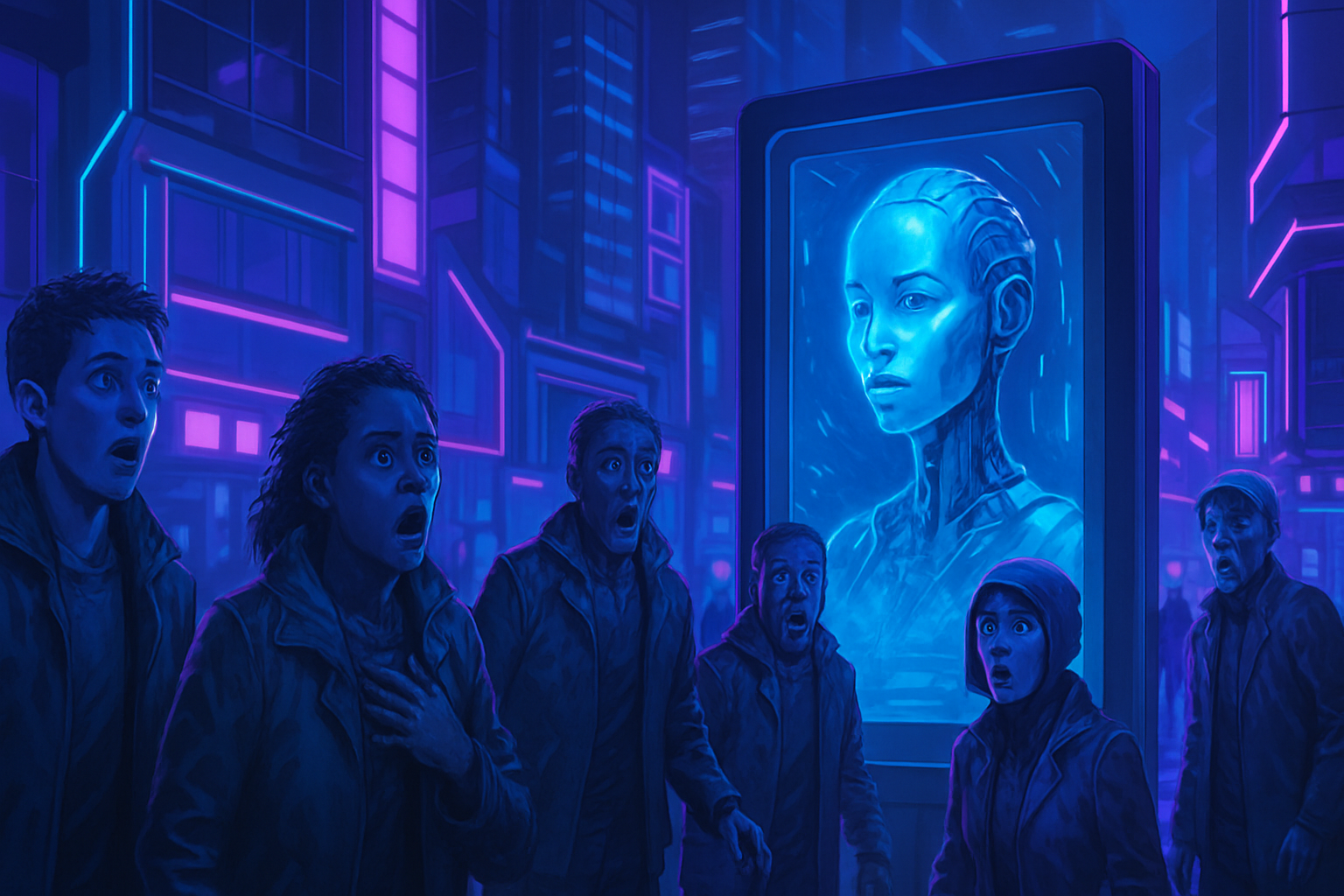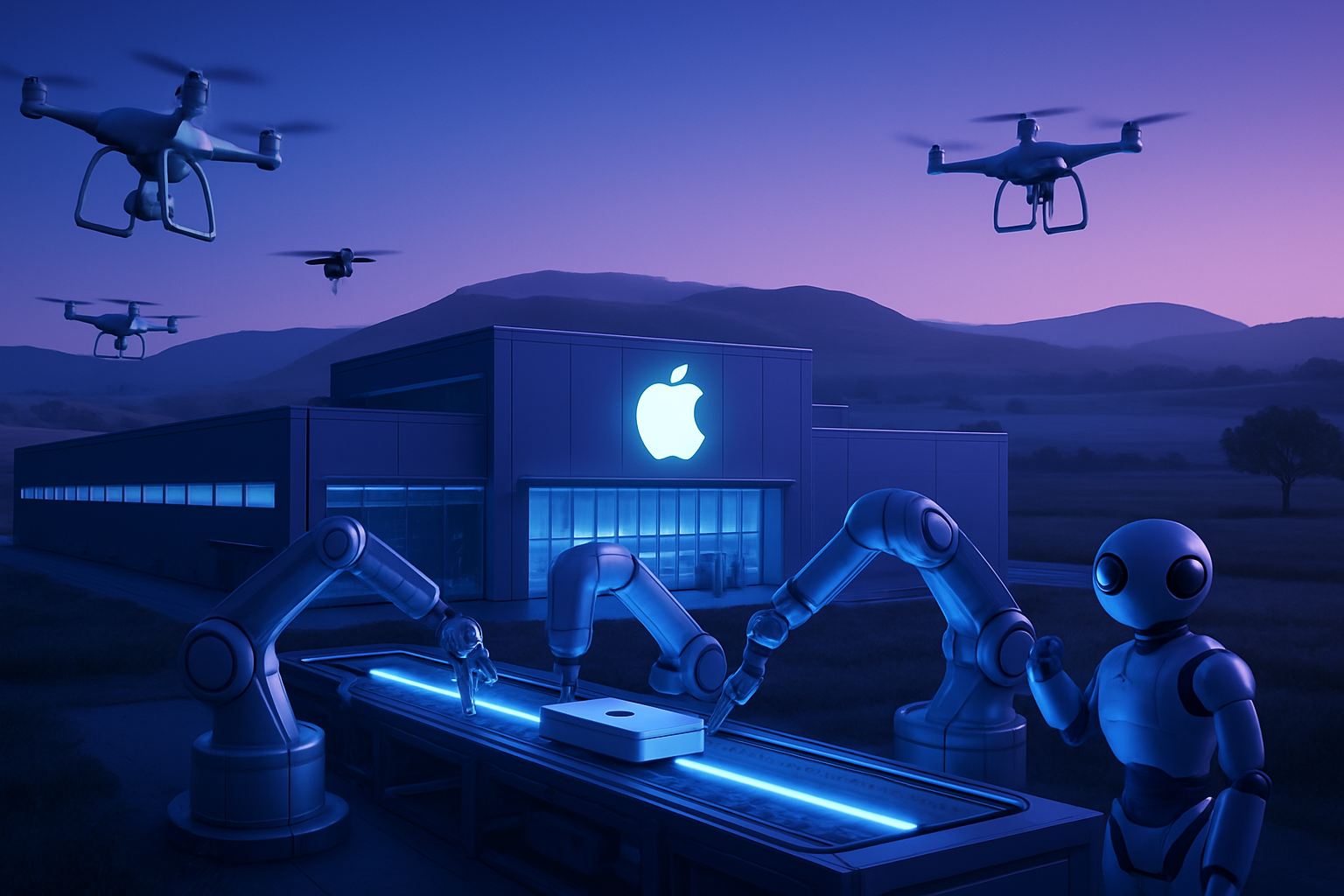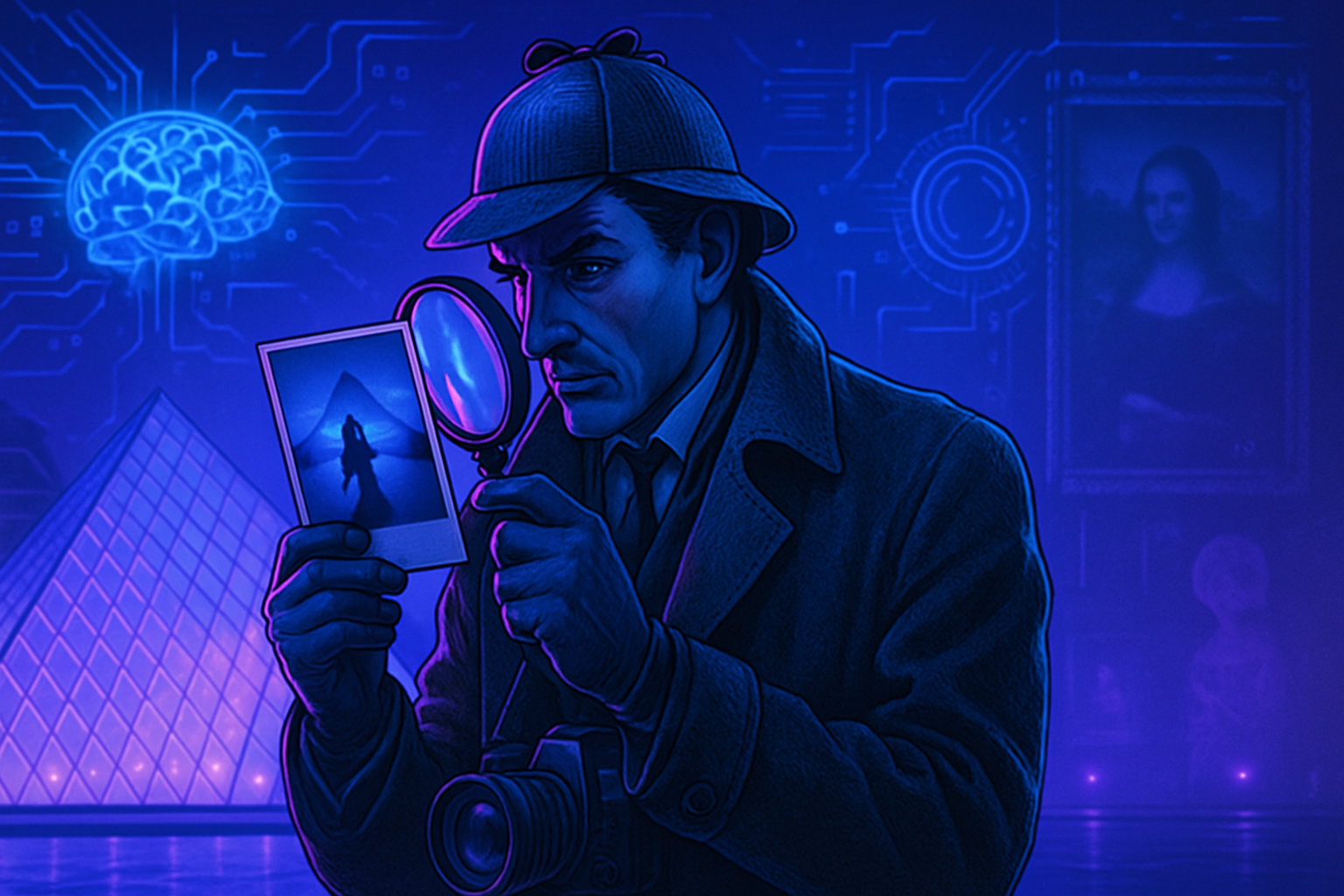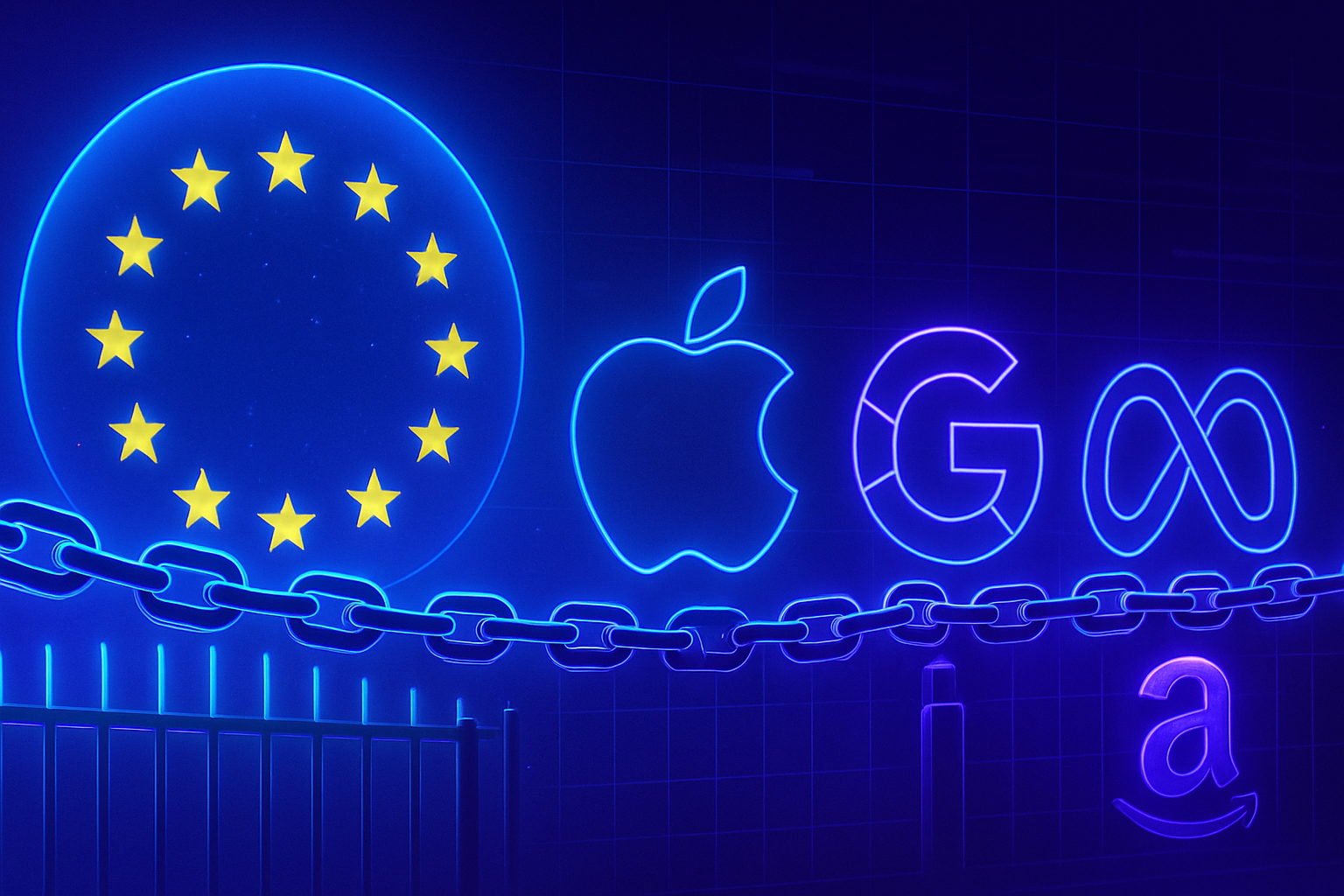Adobe recently presented its report on creative trends for 2025, highlighting exciting directions for designers and graphic artists. This report, developed with the Havas Play agency, aims to uncover sustainable currents in the face of ephemeral trends. These visions open interesting perspectives for the design world, which could evolve around concepts combining reality and surrealism.
The major creative trends for 2025
Hyperrealism, retrofuturism, and playful engagement constitute the main axes identified. This edition of the report emphasizes how technological innovation, particularly artificial intelligence, influences these trends.
Encounter with the fantastic
This first current, titled “Encounter with the fantastic,” envisions a future where the boundaries of the imaginary blur. The rise of generative AI allows designers to explore previously inaccessible visual territories. Thanks to playful creation tools, diverse scenarios become feasible, encouraging exceptional freedom of experimentation.
This phenomenon manifests itself in creations hovering between hyperrealism and dreamy visions. Technology then becomes a vector capable of transforming the extraordinary into tangible reality.
Laughter and lightness
The second current highlights humor as a lever for communication. Adobe emphasizes that making people laugh fosters human connections, making campaigns more engaging. The growing awareness of designers leads to humorous and memorable approaches.
An illustrative example comes from a campaign run by McDonald’s, transforming its Happy Meal boxes to raise awareness about mental health. Brands thus adopt a more human and relaxed tone while increasing their reach.
Temporal distortion
Retrofuturism presents itself as an aesthetic movement stimulating the collective imagination. It invites us to envision the future through past perspectives, marked by influences from 1960s and 70s science fiction. This current particularly attracts Generation Z, nostalgic for periods it has not experienced.
The success of this trend is notably visible on social media. The hashtag #retrofuturism already totals over 35.5 million posts on TikTok, reflecting a growing interest in this recontextualized past.
Captivating immersion
The creation of immersive experiences constitutes the final pillar of the trends spotted by Adobe. Brands seek to immerse their audience in varied fictional universes. This “world building” unfolds using innovative means, such as virtual reality or themed spaces.
This approach was illustrated with the launch of the Barbie movie, where Mattel designed immersive events in response to the film’s global success. Immersion allows consumers to experience enhanced experiences, thus transcending simple digital interactions.
Frequently asked questions about Adobe’s creative trends for 2025
What are the main creative trends identified by Adobe for 2025?
Adobe has identified several key trends, including the fantastic, humor, retrofuturism, and captivating immersion. These trends reflect a search for escape and a fusion between the real and the imaginary.
How does generative AI influence design according to Adobe?
Generative AI allows designers to visualize ideas more easily, offering freedom of experimentation and the possibility to create extraordinary and surreal visuals, thus enriching the creative process.
What is the impact of humor in design according to Adobe’s report?
Adobe emphasizes that humor is a powerful lever for capturing consumer attention, fostering engagement and allowing serious topics to be approached in a relaxed manner.
What is retrofuturism and how is it manifested in design?
Retrofuturism consists of imagining the future based on past visions, inspired by elements of 1960s and 1970s culture. This trend is gaining popularity, especially among younger generations.
What does the trend of captivating immersion entail in marketing?
This trend focuses on creating deep and immersive marketing experiences, transporting the audience into fictional universes, using tools like virtual reality to fully engage consumers.
How can Adobe’s creative trends affect companies’ branding strategies?
Companies can leverage these trends to develop innovative and engaging marketing campaigns by adopting visual and narrative elements that resonate with consumers’ emotions and desires.
What advice does Adobe give to designers to adapt to the trends of 2025?
Adobe encourages designers to experiment with AI tools, draw inspiration from the fantastic, and integrate humor into their work to remain relevant and captivating in a constantly evolving creative landscape.






